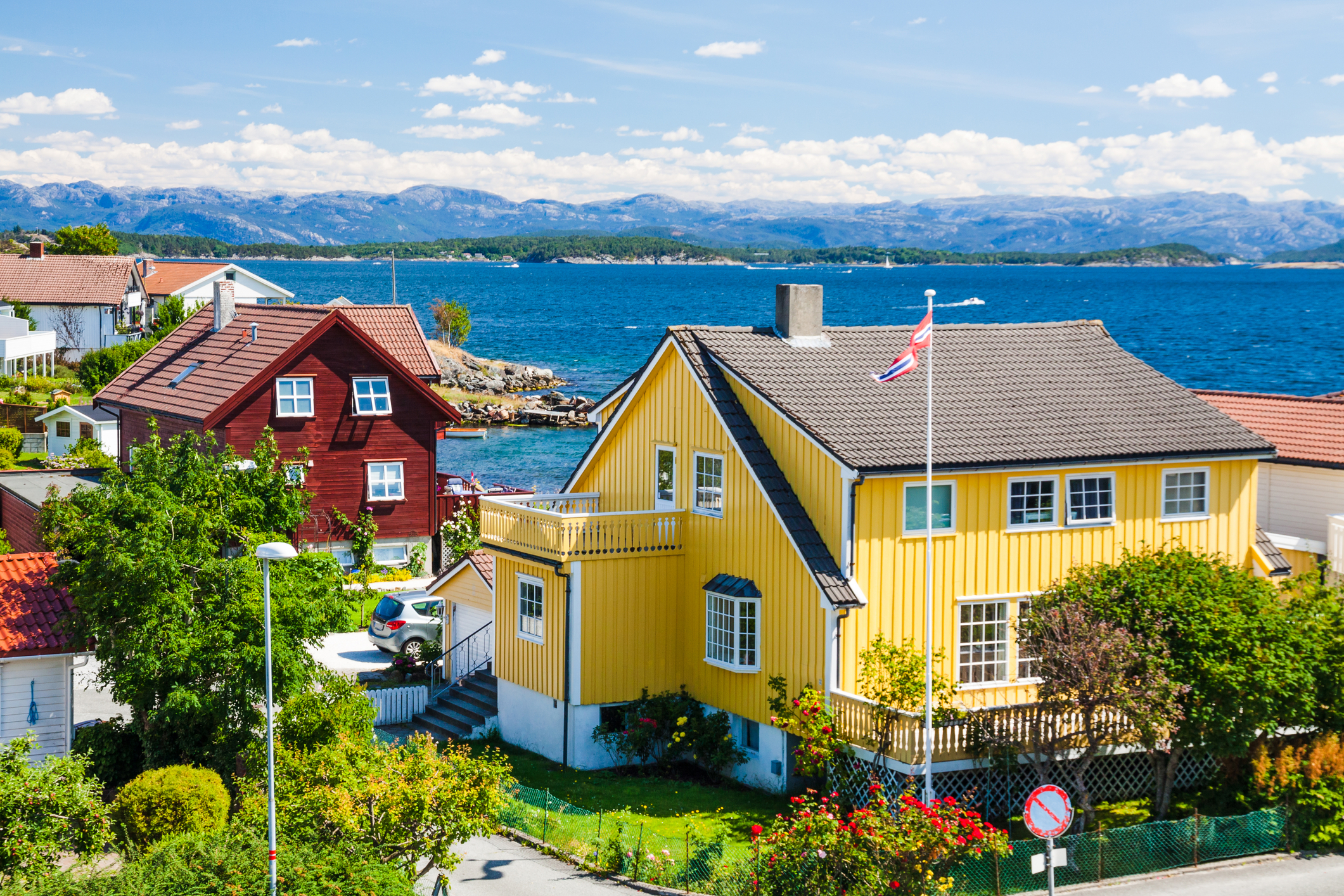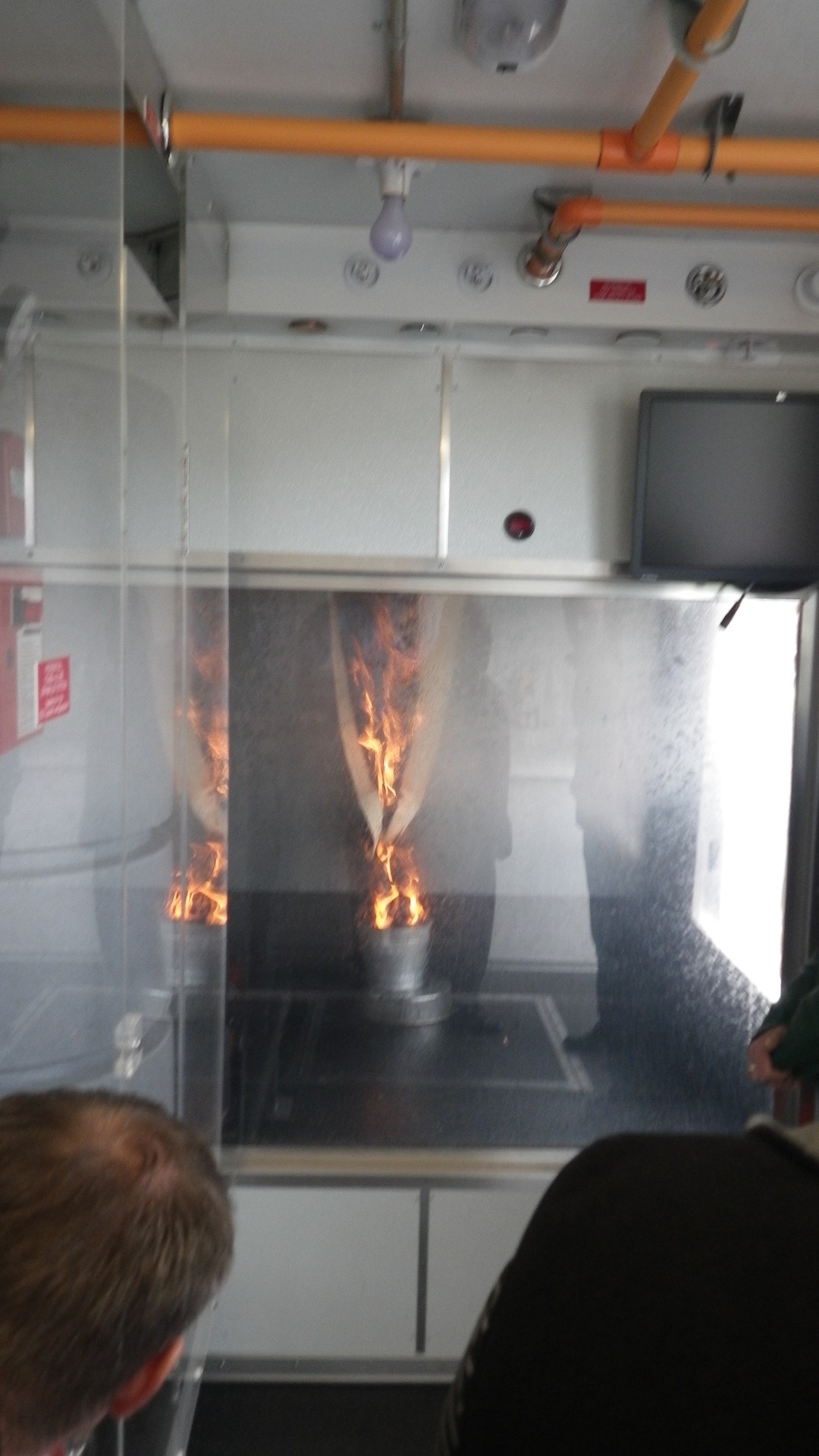
Residential Fire Sprinkler Systems
One advantage of being appointed to the State Building Code Council is the introduction to new knowledge. Yes, I know, that sounds incredibly nerdy. Welcome to the world of home inspection. In the model building codes published by the International Code Council, fire suppression systems have been required in commercial settings for decades. The introduction of sprinklers into the home has been much slower. As of now, only 4.6 percent of occupied homes (including multi-family residences) are equipped with the systems but that represents a substantial improvement. The pace of installations has increased as states begin adopting the model code and incorporating it into the new building standards.
Now for the fun stats on dying in a fire. 85 percent of all fire-related deaths occur in the home. You cut our risk by a third if you have smoke detectors. In acknowledgment of human nature, the odds improve to fifty percent if the smoke detectors are working. (Now would be a fine time to check the batteries in your detectors.)
Your risk drops by 80 percent if you have sprinklers installed.
Despite the statistics, the public resists the idea of installing sprinklers. Two factors play into the resistance. The first is cost. Costs continue to drop which is the good news. The bad news is that they still are not inexpensive. The estimated cost in new construction is $1.35 per square foot of sprinklered space.
The second issue is the misinformation regarding the systems. You might be shocked to discover that modern television has fibbed a bit about sprinklers. When a fire sets off the spray nozzles, they don't all go off - just the one that is needed to put out the fire, which it usually manages to do so before the fire department can even get to the home.
If you've ever seen a home after the fire department hosed the place, one sprinkler makes far less a mess. That is, in fact, how  many heads activate in a fire - one. The property loss is usually about 70 percent less with sprinklers, a positive feature for insurance companies.
many heads activate in a fire - one. The property loss is usually about 70 percent less with sprinklers, a positive feature for insurance companies.
Another fear is a false discharge. The new systems are designed to prevent that by not activating until a higher temperature is identified. Depending on the system, the activation temperatures is usually150 degrees. At that temperature, the glass bulb that activates the individual head to put out the fire.
I had the opportunity to watch a demo put on a by the Washington Fire Sprinkler Coalition. They tested a system under controlled conditions and the portable system worked beautifully. The fire was extinguished within seconds.
According to the men running the demonstration, this is typical of the response time of the modern sprinklers. If you have these in your home, you can be more confident that, in the event of a fire, you are much more likely to avoid tragedy.
Washington State License #215
Former SBCC Member, Former Chairman State Home Inspector Advisory Licensing Board.
